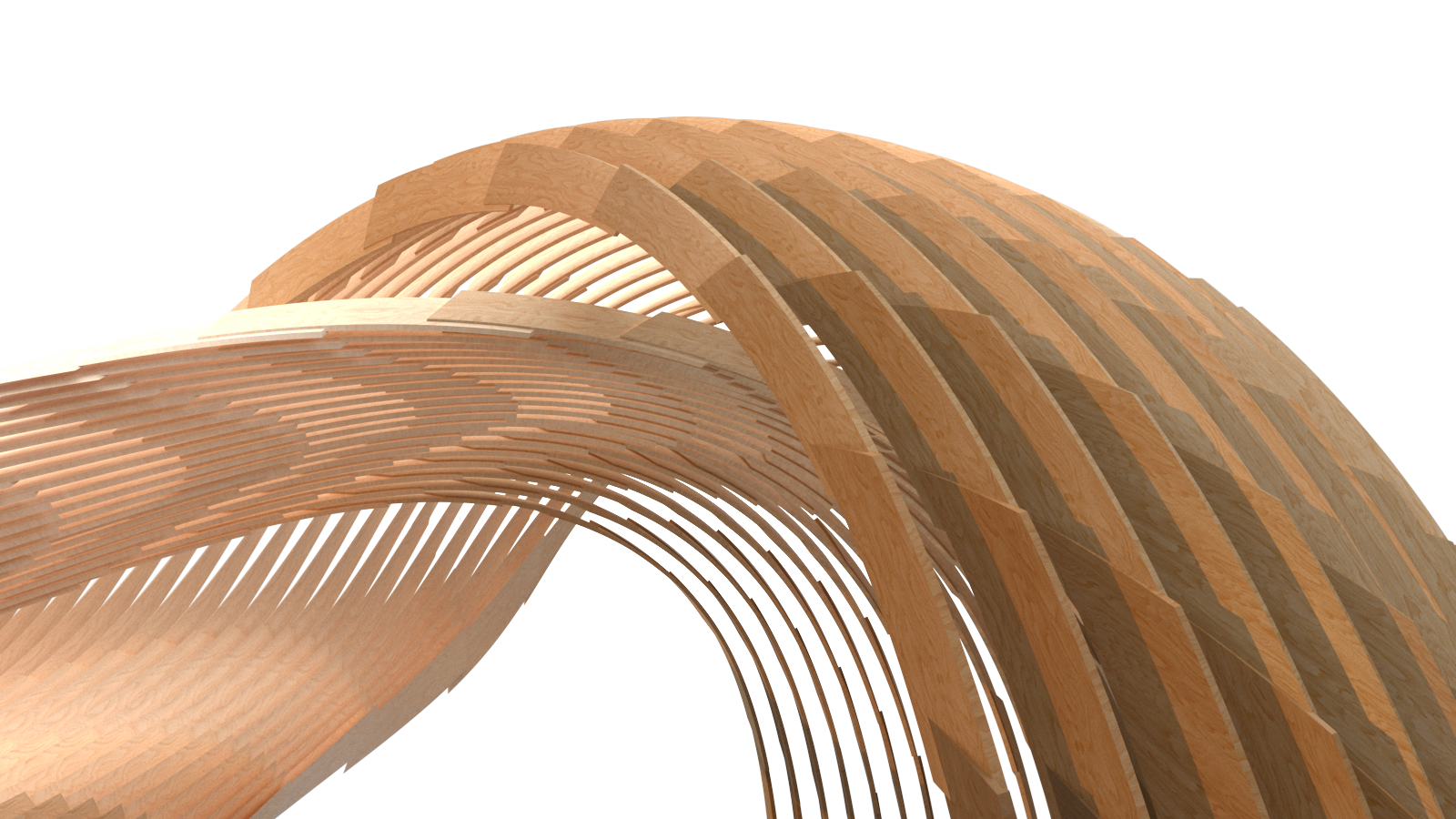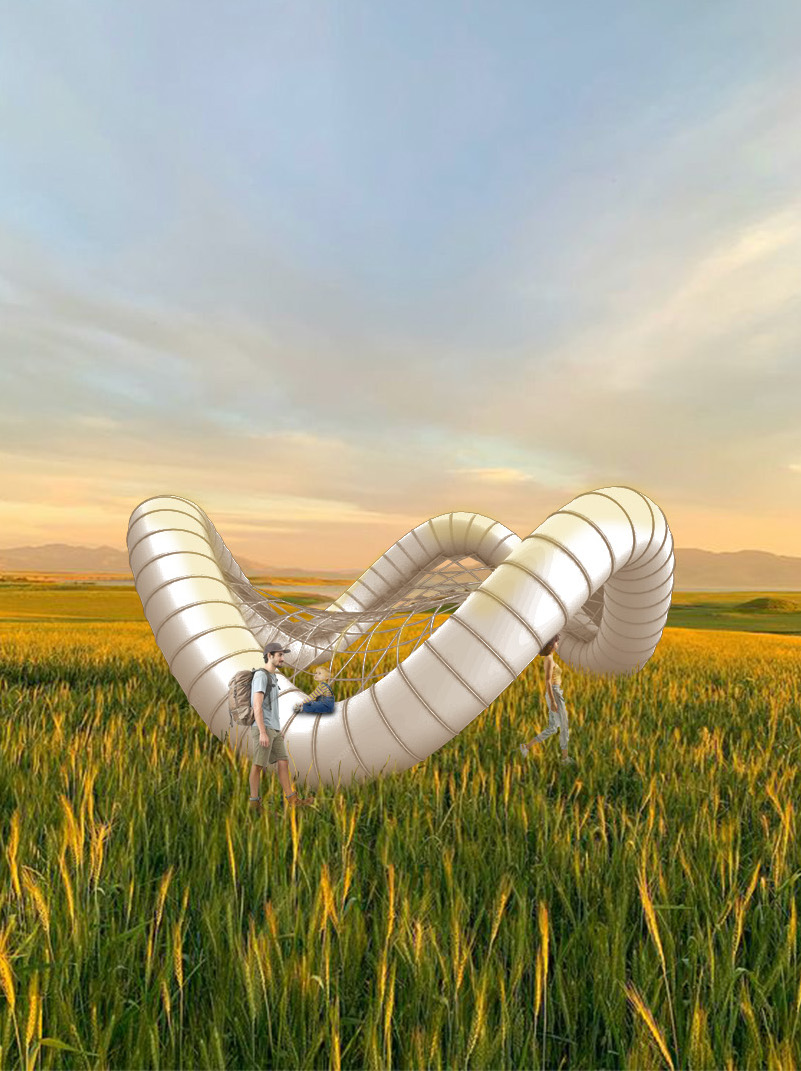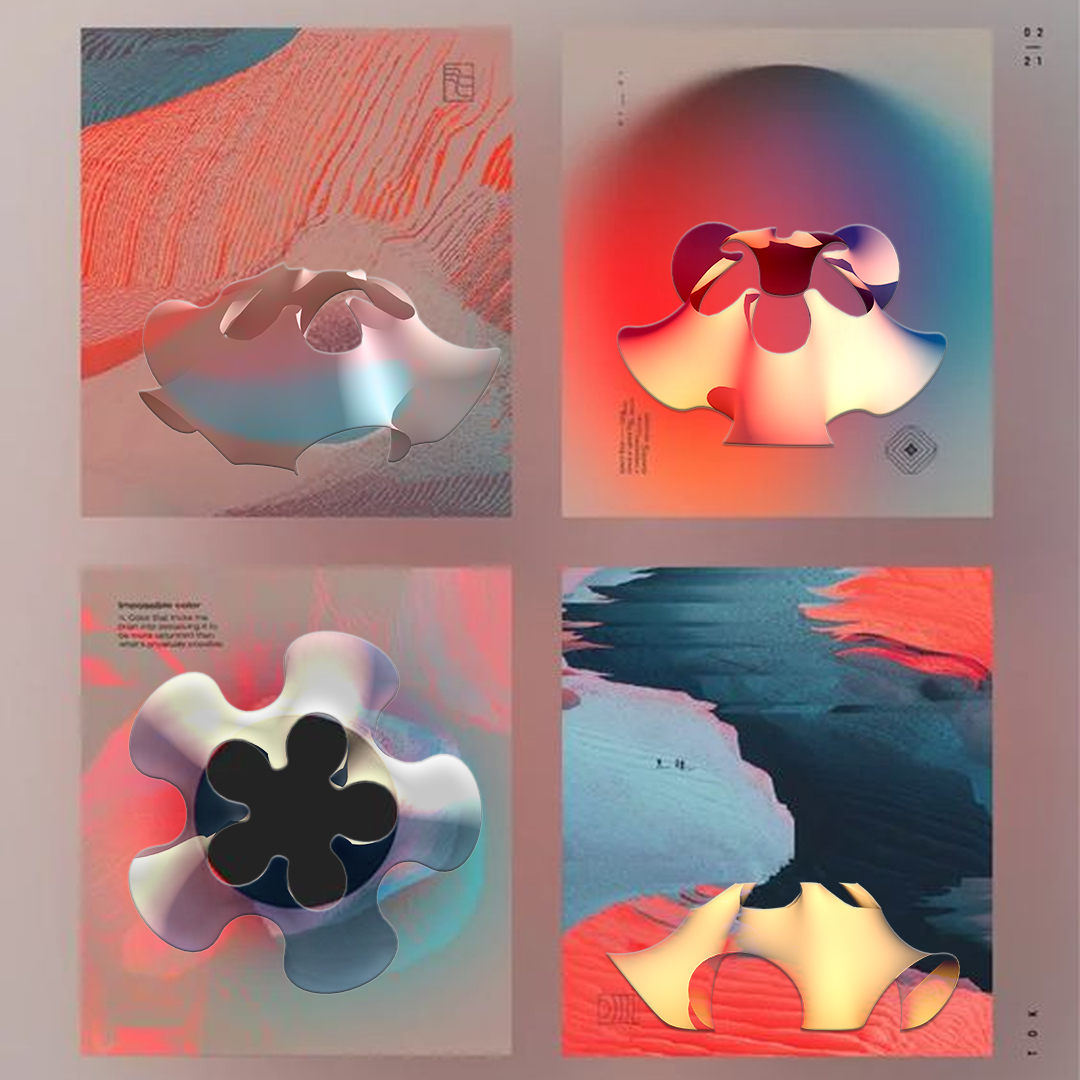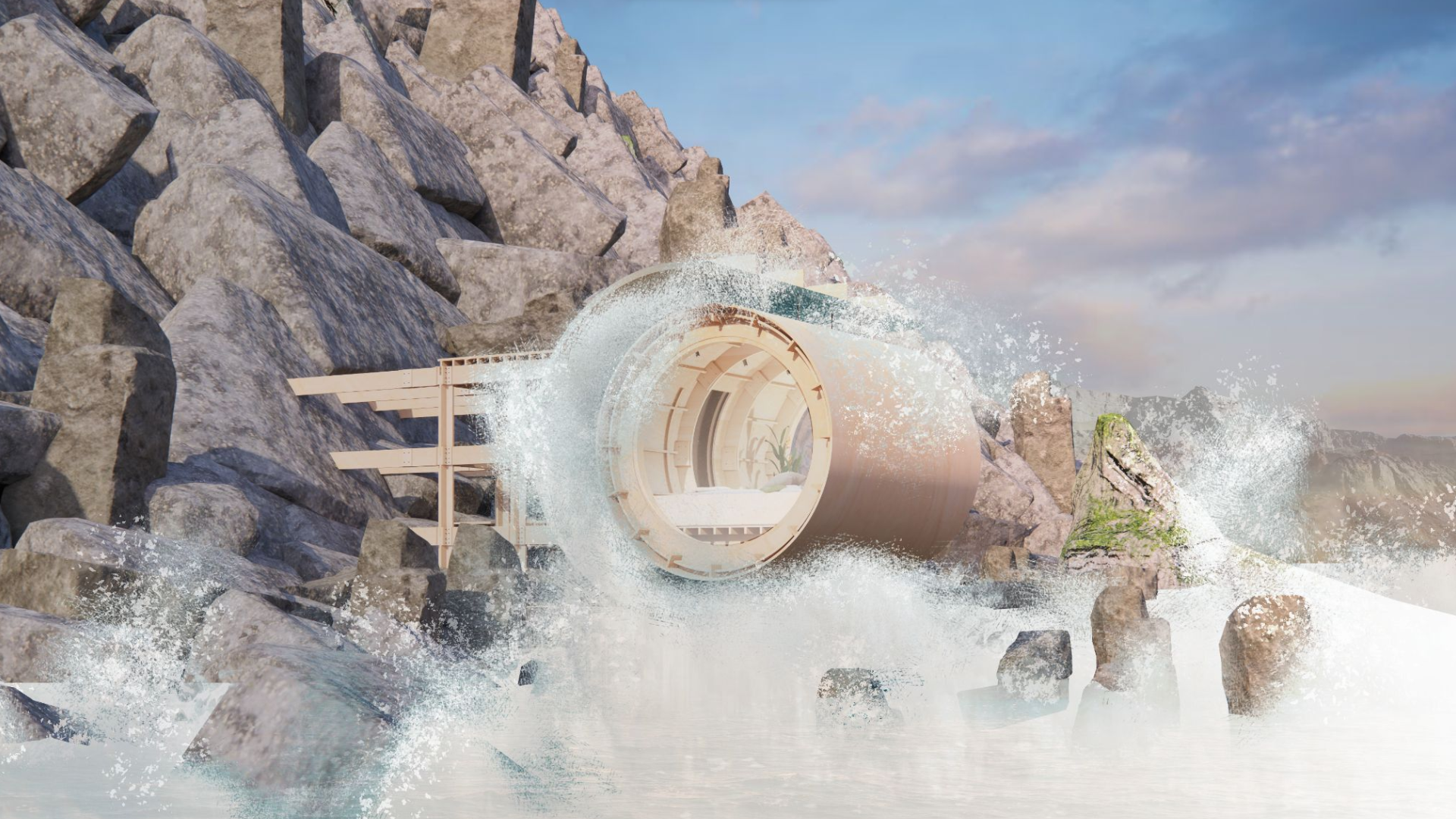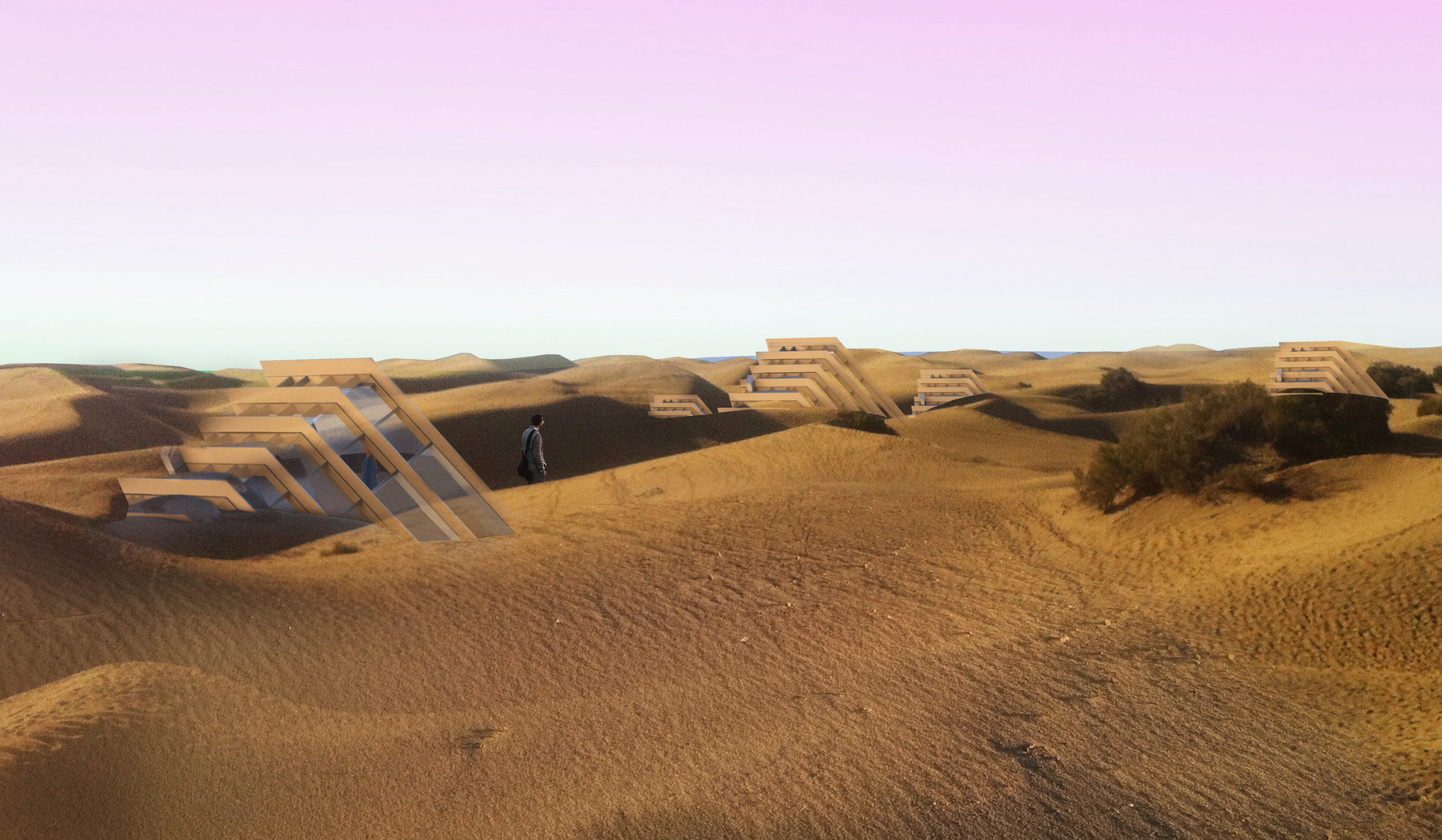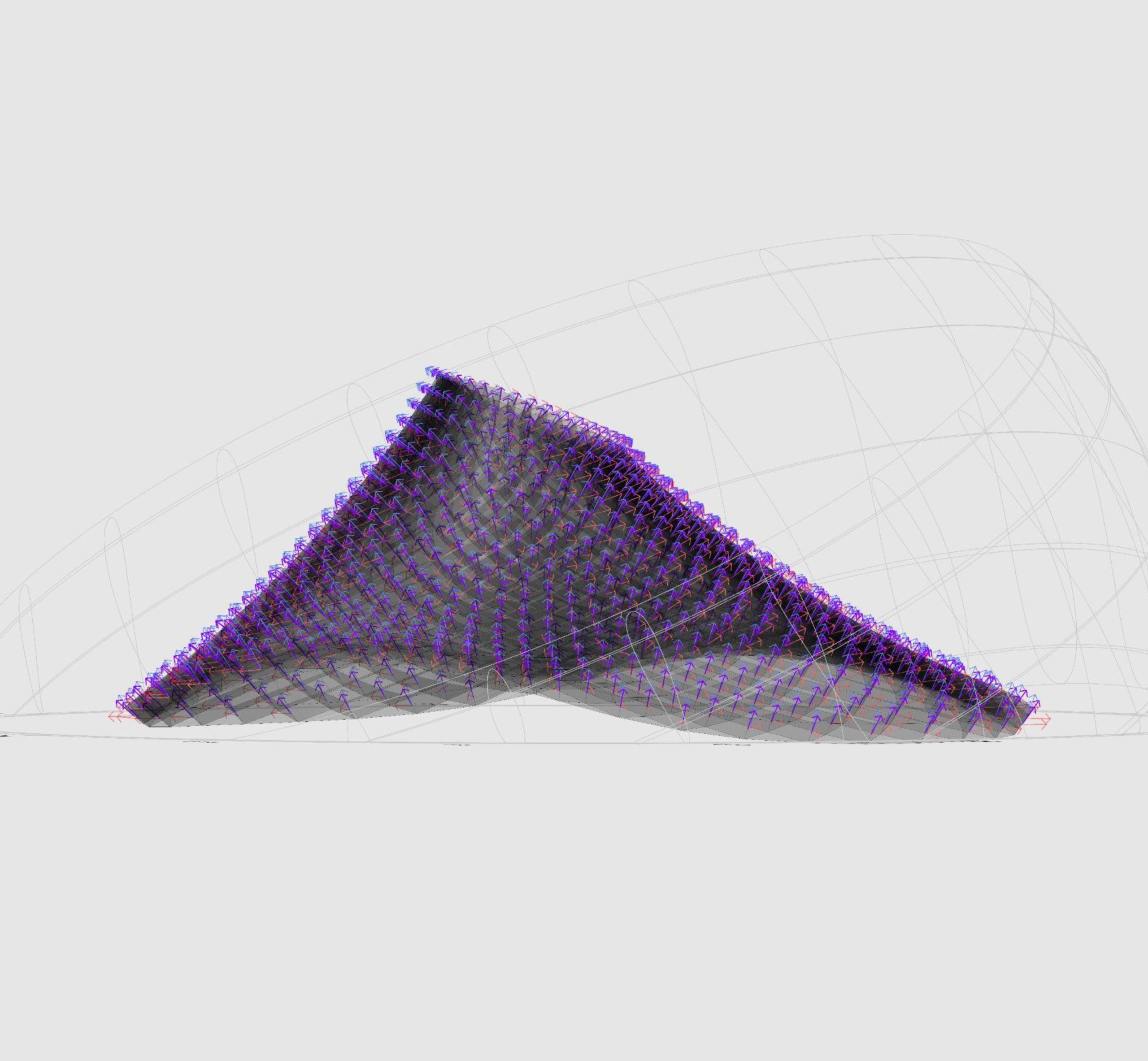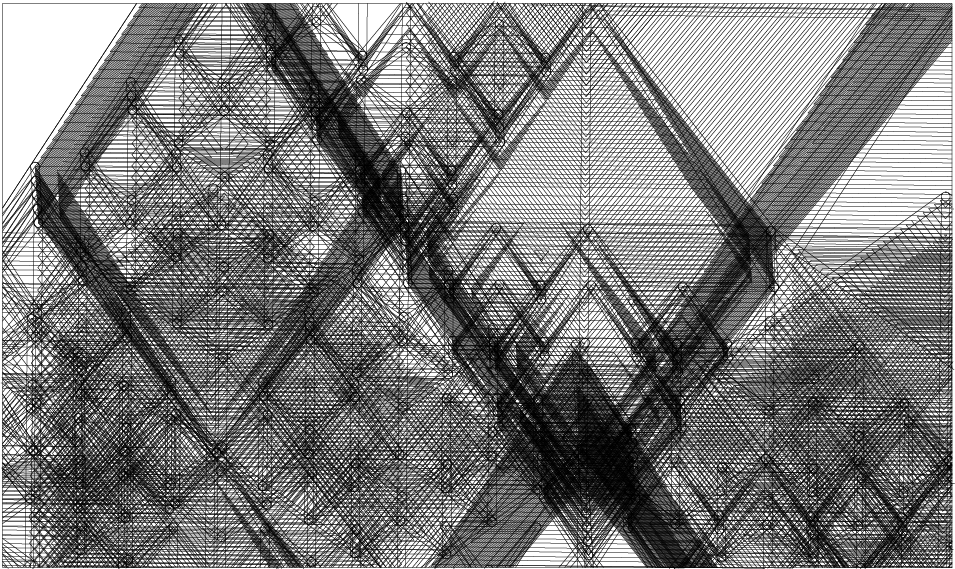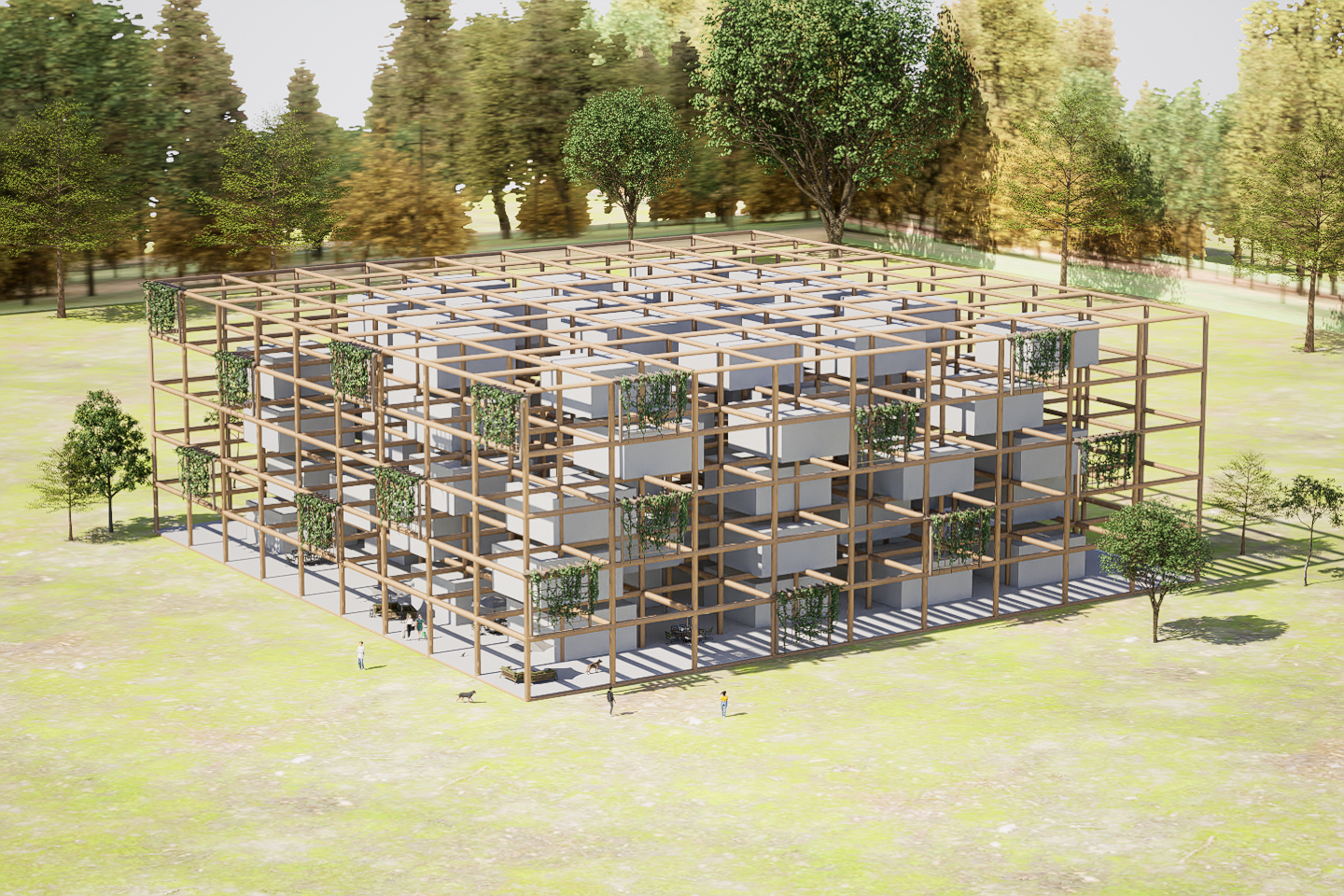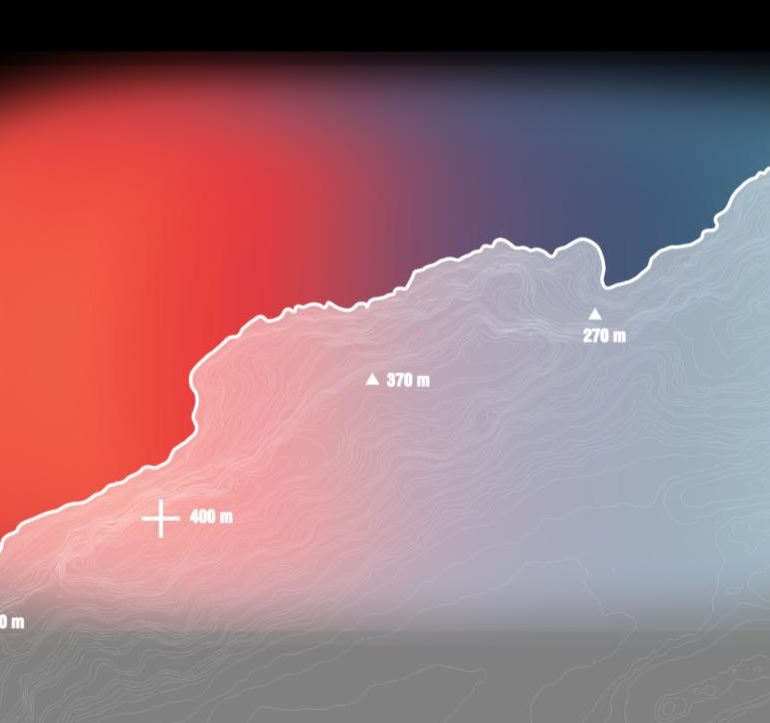The Knot
A pavilion bridging the gap between government and society The Knot aims to redefine the relationship between governmental structures and the communities they serve. The pavilion punctures the intimidating, rigid structure of the Ayuntamiento de Barcelona in Plaza Sant Jaume I and smoothly transitions it into a fluid, open space. This creates an inviting and … Read more

